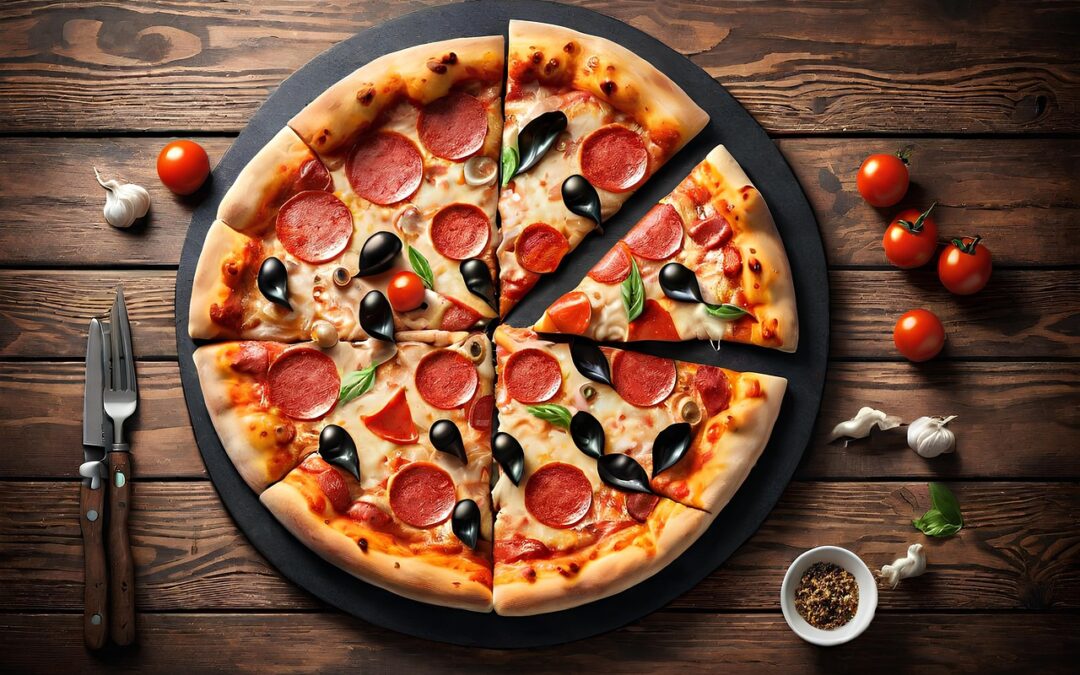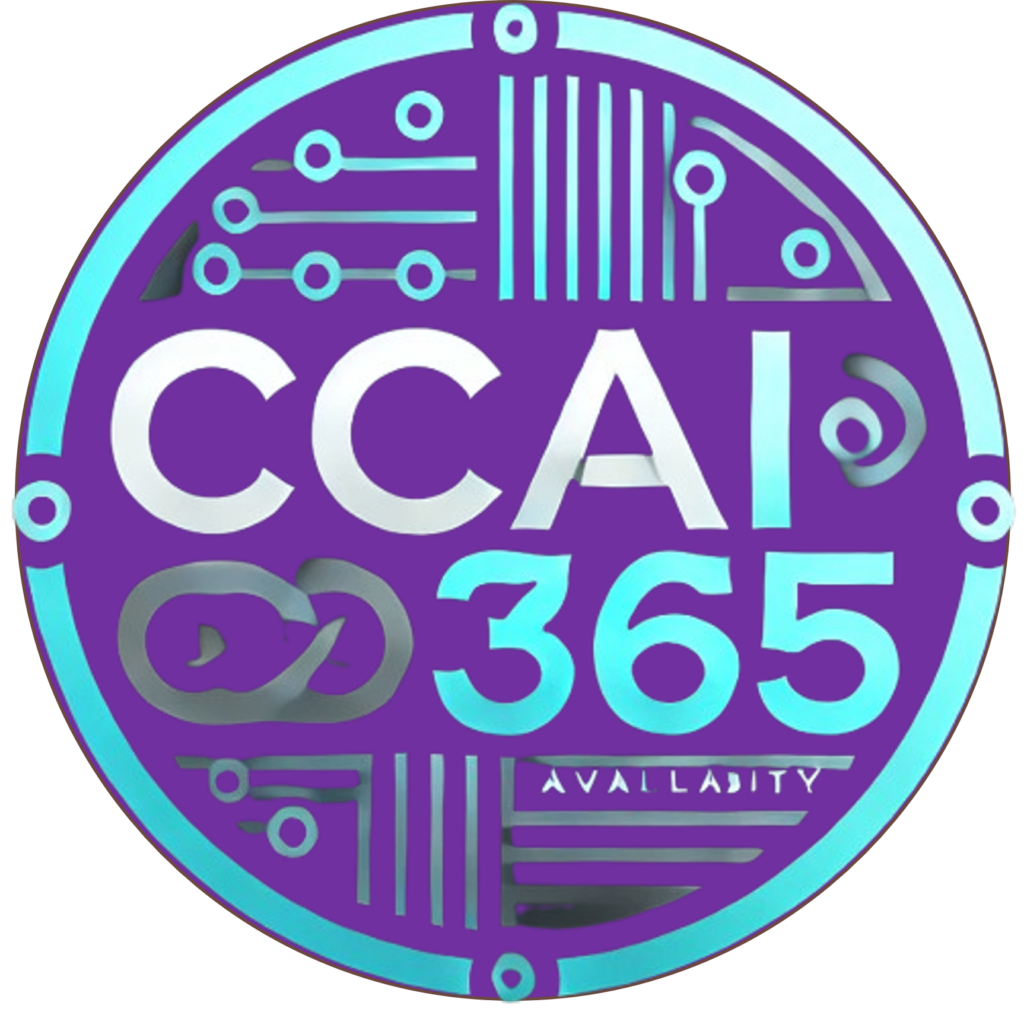
5 Game-Changing Ways AI in Restaurants Is Helping Owners Save Time and Boost Profits
Introduction to AI in Restaurants
In today’s fast-paced and highly competitive food service industry, restaurant owners are constantly searching for ways to streamline operations, reduce costs, and boost profitability. One of the most transformative tools in achieving these goals is Artificial Intelligence (AI). AI in restaurants is no longer a futuristic concept; it’s a present-day reality driving innovation and efficiency across every facet of restaurant management. From kitchen automation to customer service, AI is changing the way restaurants operate—making them smarter, leaner, and more responsive to both customer and business needs.
As technology continues to evolve, AI in restaurants is proving to be more than just a trend; it’s a strategic asset. This article explores five game-changing ways AI is helping restaurant owners not only save time but also significantly increase their bottom line. Whether you’re a small diner or a multi-location franchise, understanding how to leverage AI in restaurants can unlock new levels of efficiency, sustainability, and customer satisfaction.
Streamlining Daily Operations with AI in Restaurants
Running a restaurant is a complex task that involves coordinating numerous moving parts—from front-of-house activities like order taking and guest management to back-of-house functions such as food prep and dishwashing. AI in restaurants helps streamline these daily operations by automating routine tasks, reducing errors, and freeing up staff to focus on higher-value responsibilities.
One major application is AI-powered point-of-sale (POS) systems that integrate with digital ordering, payment processing, and customer management. These smart POS platforms can analyze customer behavior, track orders in real-time, and predict peak hours, allowing managers to better allocate resources. Additionally, AI-enabled kiosks are improving self-service experiences, reducing wait times, and minimizing labor needs.
Voice recognition and natural language processing are also making an impact. AI-driven voice assistants can take orders accurately, even during busy hours, minimizing the risk of human error and boosting efficiency. Meanwhile, AI chatbots handle online customer inquiries, reservations, and feedback collection around the clock, enhancing customer engagement without requiring additional staff.
In the kitchen, AI is streamlining food preparation and cooking through smart appliances that monitor temperature, cook times, and portion sizes. These intelligent tools help ensure consistency and quality, which is crucial for customer satisfaction and brand loyalty. Furthermore, AI-driven scheduling systems predict daily foot traffic, enabling restaurants to better prepare for demand without overstaffing or understocking.
In short, AI in restaurants is transforming how daily operations are managed, allowing owners to reduce friction, optimize workflows, and ultimately, serve more customers more efficiently.
How AI in Restaurants Is Automating Inventory and Supply Chain Management
Inventory management is one of the most critical yet time-consuming aspects of restaurant operations. Mismanaging stock can lead to waste, lost revenue, and customer dissatisfaction. AI in restaurants brings automation and intelligence to this traditionally manual process, allowing for precise inventory tracking, demand forecasting, and supplier management.
Advanced AI systems analyze historical sales data, seasonal trends, and local events to forecast demand accurately. This means restaurants can order just the right amount of ingredients and supplies, minimizing overstock and understock scenarios. For example, if data shows that avocado toast sales spike on weekends, the AI will suggest increasing avocado inventory on Fridays, ensuring the kitchen doesn’t run out during peak brunch hours.
AI-powered inventory platforms also integrate with suppliers, automatically placing orders when stock reaches a predefined threshold. This eliminates the need for manual reordering and reduces the risk of human error. Additionally, these systems can track expiration dates, monitor food safety compliance, and provide alerts for slow-moving items.
Moreover, AI in restaurants helps optimize supplier relationships. By analyzing vendor performance, delivery accuracy, and pricing trends, AI enables restaurant owners to make data-driven decisions about who to partner with. This can lead to cost savings and better service reliability.
Automating inventory and supply chain management with AI not only saves time but also enhances accuracy and operational transparency. Owners gain a clear view of their stock levels, supplier metrics, and financial impact—empowering them to make smarter, faster decisions.
Reducing Labor Costs Through Smart Scheduling and AI-Powered Staffing
Labor is one of the highest costs in the restaurant industry, but it’s also one of the most critical components of a great dining experience. Striking the right balance between having enough staff to provide excellent service and not overstaffing during slow hours is a challenge AI is uniquely equipped to solve.
AI in restaurants uses predictive analytics to create optimized staffing schedules based on historical data, current reservations, weather conditions, and even social media trends. This means restaurant owners can forecast busy periods more accurately and assign shifts accordingly, preventing both labor shortages and unnecessary payroll expenses.
Some AI platforms also factor in individual employee performance, preferences, and availability, ensuring that the right people are scheduled at the right times. For example, if a server tends to upsell more during dinner shifts, the AI can prioritize assigning them to those time slots. This data-driven approach not only boosts revenue but also improves employee satisfaction and retention.
AI-powered time-tracking tools ensure labor compliance and reduce time theft by automating clock-ins and clock-outs. Additionally, AI can monitor employee productivity and suggest training opportunities or identify potential issues before they impact customer experience.
By using AI to manage staffing and scheduling, restaurant owners can significantly cut labor costs without sacrificing service quality. It’s a win-win solution that leads to better team management, improved morale, and a more profitable bottom line.
AI in Restaurants That Cuts Food Waste and Increases Margins
Food waste is a major issue in the restaurant industry, both from an environmental and a financial standpoint. Every ounce of wasted food represents lost revenue and unnecessary expense. Fortunately, AI in restaurants is offering innovative solutions to reduce waste and increase profit margins.
AI-driven systems can track food usage in real-time, identifying patterns in overproduction, spoilage, and uneaten portions. For example, if data shows that customers frequently leave a certain side dish untouched, the system can recommend portion adjustments or even menu changes to reduce waste.
Smart kitchen scales and sensors monitor ingredient usage and shelf life, providing alerts before items expire or get discarded. This proactive approach allows chefs to use ingredients more effectively, potentially turning surplus items into daily specials or alternate recipes.
Predictive analytics also plays a key role. AI in restaurants can forecast demand based on factors like day of the week, time of year, and local events. This ensures that food is prepped in just the right quantity, reducing the likelihood of leftovers that go unused.
In addition, AI helps restaurants comply with sustainability goals by tracking waste metrics and generating reports for corporate or regulatory review. Some systems even integrate with food donation networks, redirecting surplus items to local charities instead of landfills.
Reducing food waste with AI doesn’t just help the planet—it directly increases margins by turning what would have been waste into revenue or savings. It’s a powerful example of how AI in restaurants supports both responsible practices and strong business outcomes.
Boosting Real-Time Decision-Making with AI in Restaurants
In a dynamic environment like a restaurant, the ability to make smart, real-time decisions can be the difference between success and failure. AI in restaurants provides the data insights and automation needed to make those decisions quickly and confidently.
With AI analytics dashboards, restaurant owners and managers gain real-time visibility into every aspect of their operation—from table turnover rates and wait times to sales trends and customer feedback. This enables rapid adjustments to staffing, kitchen pacing, or marketing efforts on the fly.
For instance, if a spike in mobile orders is detected, the AI system might recommend reassigning more staff to the takeout station or increasing prep speed for high-demand items. Similarly, real-time sentiment analysis from online reviews and social media mentions can alert management to service issues before they escalate.
AI in restaurants also supports revenue optimization through dynamic pricing strategies. Based on supply, demand, and competitor pricing, AI tools can suggest price adjustments for menu items in real time—helping to maximize profits without alienating customers.
Another area where AI excels is marketing. By analyzing customer behavior and past purchase patterns, AI tools can personalize offers and promotions that are more likely to drive conversions. Whether it’s sending a targeted discount to a loyal customer or promoting a high-margin item during peak hours, these decisions are made faster and with greater precision.
In an industry where conditions can change minute by minute, having AI in restaurants to support real-time decision-making is an invaluable advantage. It empowers owners to operate proactively, not reactively, and stay ahead of the competition.
Conclusion
AI in restaurants is reshaping the industry in remarkable ways, helping owners navigate challenges with intelligence, precision, and agility. From automating inventory and streamlining operations to cutting labor costs and boosting profits through real-time insights, the potential of AI is vast and exciting. By embracing AI technologies, restaurant owners can not only save time and money but also elevate the customer experience, foster sustainability, and future-proof their business.
Whether you’re just starting to explore AI or looking to expand your existing tools, there’s never been a better time to act.
Contact CCAi365 at 252-668-1640 to see how AI in your restaurant can help drive profits!

